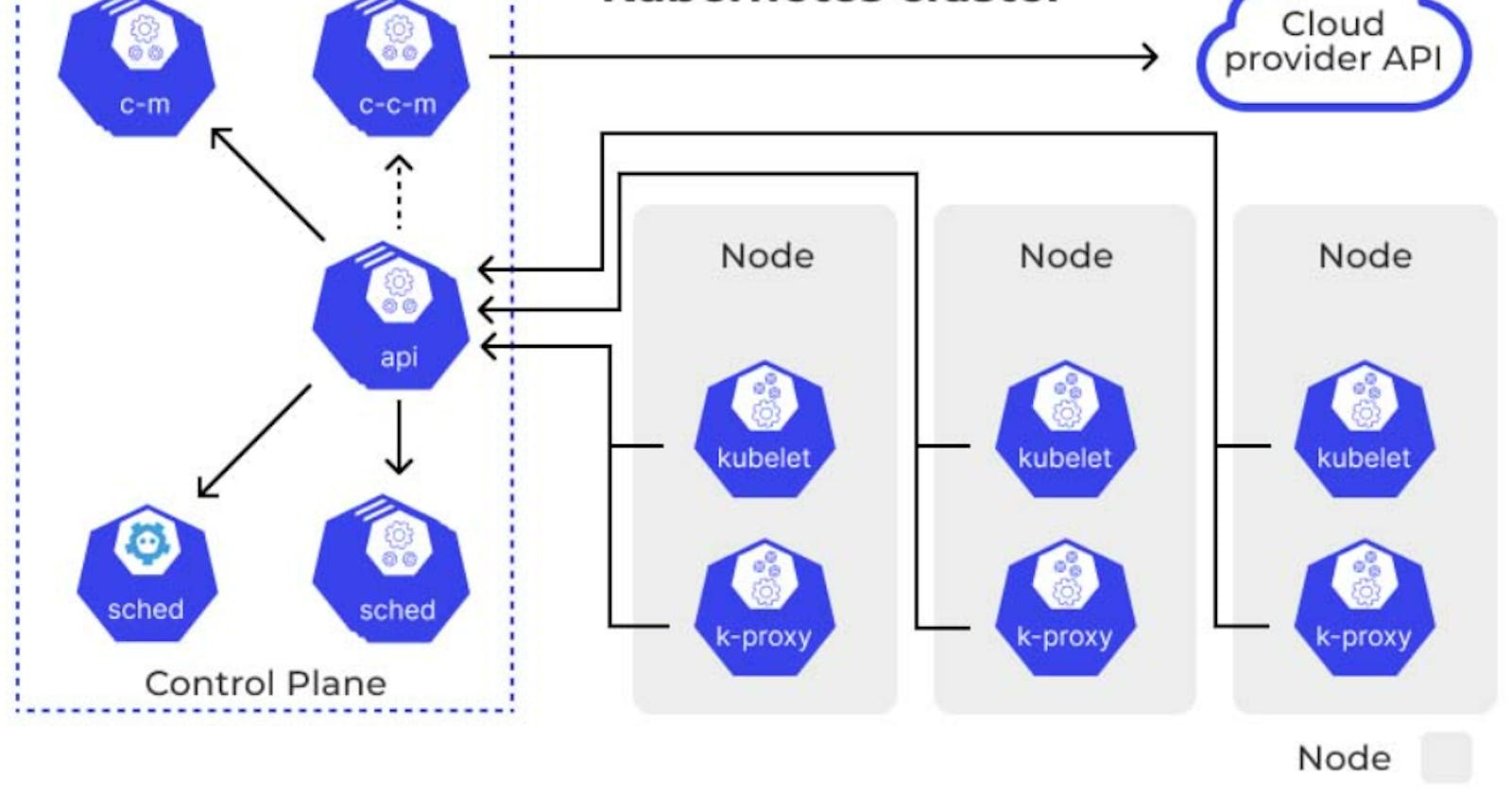Introduction:
Building a Kubernetes (K8s) cluster is a fundamental step towards orchestrating containerized applications efficiently. In this guide, we'll walk through the process of setting up a Kubernetes cluster using Kubeadm on two Ubuntu 20.04 instances, designating one as the master and the other as a worker node.
Prerequisites :
- Two Ubuntu 20.04 instances (one master, one worker)
Step 1: Installing Kubectl on All Nodes To begin, ensure that your Ubuntu instances are up to date by running the following commands:
sudo apt update
sudo apt install curl -y
Next, install Kubectl on all nodes:
curl -LO https://dl.k8s.io/release/$(curl -L -s https://dl.k8s.io/release/stable.txt)/bin/linux/amd64/kubectl
sudo install -o root -g root -m 0755 kubectl /usr/local/bin/kubectl
kubectl version --client
Step 2: Installing Docker
Install Docker on all nodes:
sudo apt-get update
sudo apt-get install -y docker.io
sudo usermod -aG docker ubuntu
newgrp docker
sudo chmod 777 /var/run/docker.sock
Step 3: Installing Kubernetes Components Add the Kubernetes repository and install the required components:
sudo curl -s https://packages.cloud.google.com/apt/doc/apt-key.gpg | sudo apt-key add -
sudo tee /etc/apt/sources.list.d/kubernetes.list <<EOF
deb https://apt.kubernetes.io/ kubernetes-xenial main
EOF
sudo apt-get update
sudo apt-get install -y kubelet kubeadm kubectl
sudo snap install kube-apiserver
Step 4: Initializing the Kubernetes Master Run the following commands on the master node:
sudo kubeadm init --pod-network-cidr=10.244.0.0/16
mkdir -p $HOME/.kube
sudo cp -i /etc/kubernetes/admin.conf $HOME/.kube/config
sudo chown $(id -u):$(id -g) $HOME/.kube/config
kubectl apply -f https://raw.githubusercontent.com/coreos/flannel/master/Documentation/kube-flannel.yml
Step 5: Joining the Worker Node After initializing the master, you will receive the kubeadm join command. Execute this command on the worker node:
sudo kubeadm join <master-node-ip>:<master-node-port> --token <token> --discovery-token-ca-cert-hash <hash>
Step 6: Verification From the master node, verify that the worker node has joined the cluster:
kubectl get nodes
Conclusion:
Congratulations! You have successfully set up a Kubernetes cluster using Kubeadm, allowing you to orchestrate containerized applications seamlessly. This cluster can now be used as a robust foundation for deploying and managing your containerized workloads.

